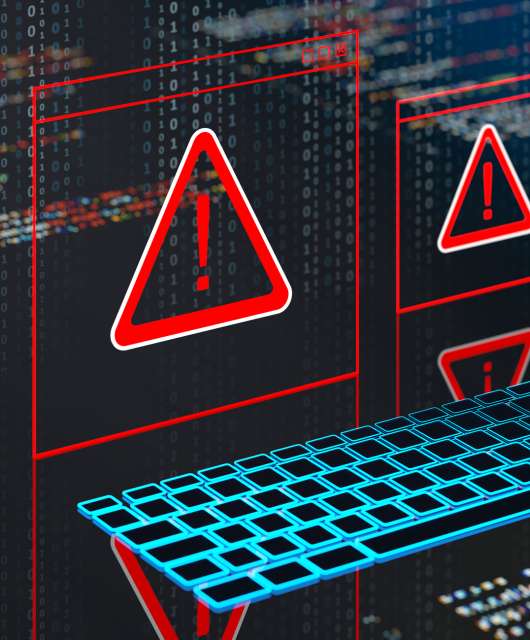Last week, yet another large-scale ransomware attack struck more than 60 countries. This attack, dubbed Petya/GoldenEye, not only encrypted data files on thousands of computers around the world, but also the MBR of their hard disks. After being attacked, victims were fully blocked from accessing their system the next time they rebooted it.
It’s impossible to talk about this attack without mentioning its predecessor, the now-famous WannaCry attack, which affected hundreds of thousand computers last month and crippled companies and public institutions all over the world.
Every earthquake has its aftershocks, and if there’s one conclusion that this new attack can bring to bear, it’s this: more global cyberattacks are coming, and now is the time to prepare for them.
Remarkably, no Panda clients were affected by the GoldenEye/Petya attack. This is not because the attack did not target any of Panda’s clients, but rather that it was no match for the advanced technology of Adaptive Defense. In fact, Panda profiled the Petya payload as malicious one day before the first vendors began to detect it.
As cybercriminals develop new and creative ways to skirt around traditional security solutions, basic antivirus technologies are not going to be enough to protect businesses and individuals from future attacks. That’s because traditional antivirus solutions only detect what is already known to be “bad”, and lets everything else run unimpeded. How preventative can you really be when anything your antivirus does not detect is allowed to run?
Below, you can watch a recording of our webinar on the topic presented by Panda’s own Rui Lopes, Pre-Sales Manager at Panda USA. The webinar provides detailed information on how the attack developed, recommendations for preparing for future attacks, and how to adopt a truly preventative approach.




3 comments